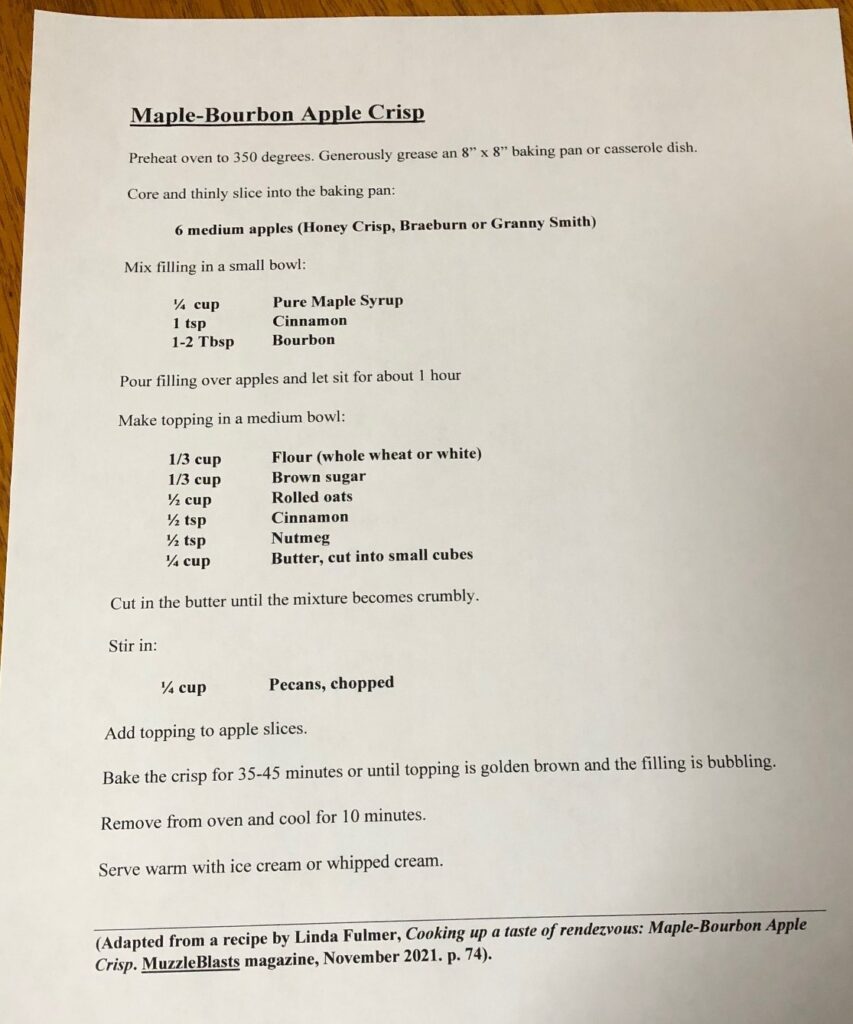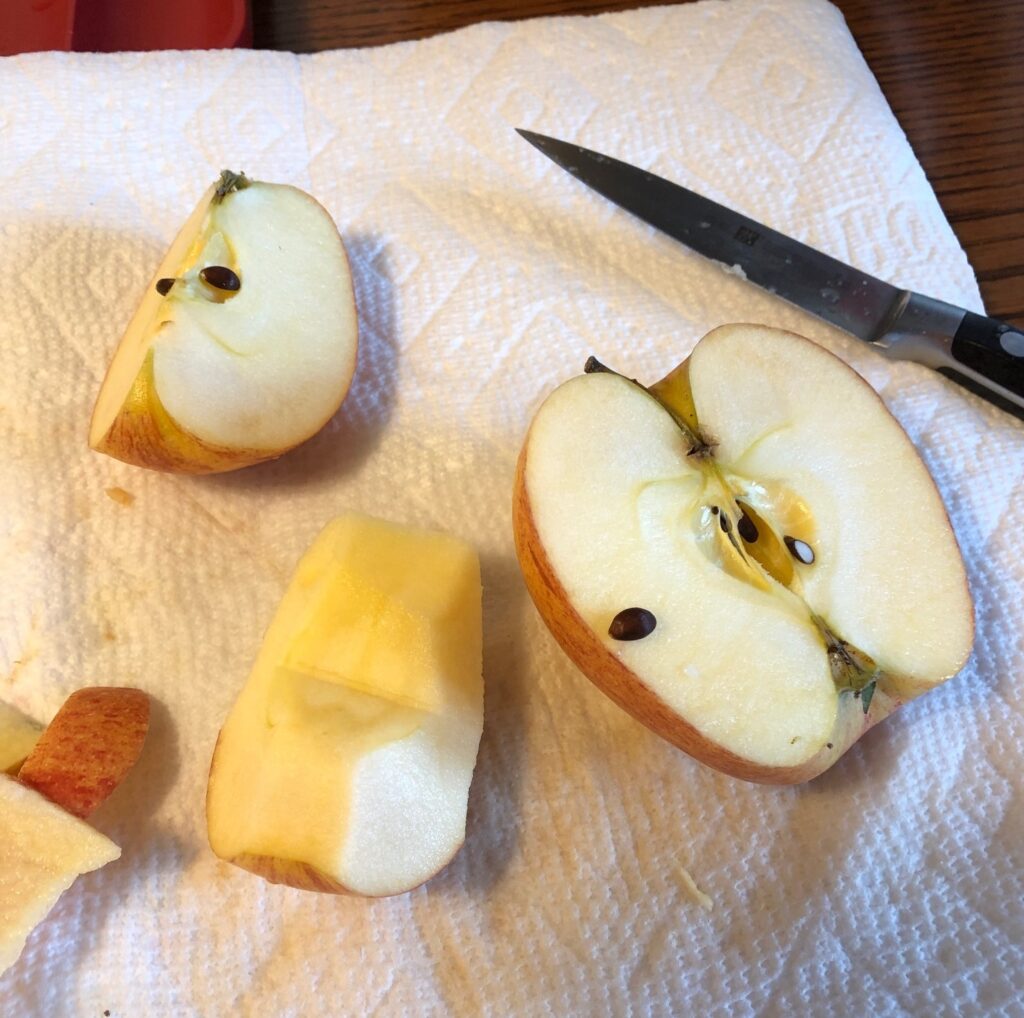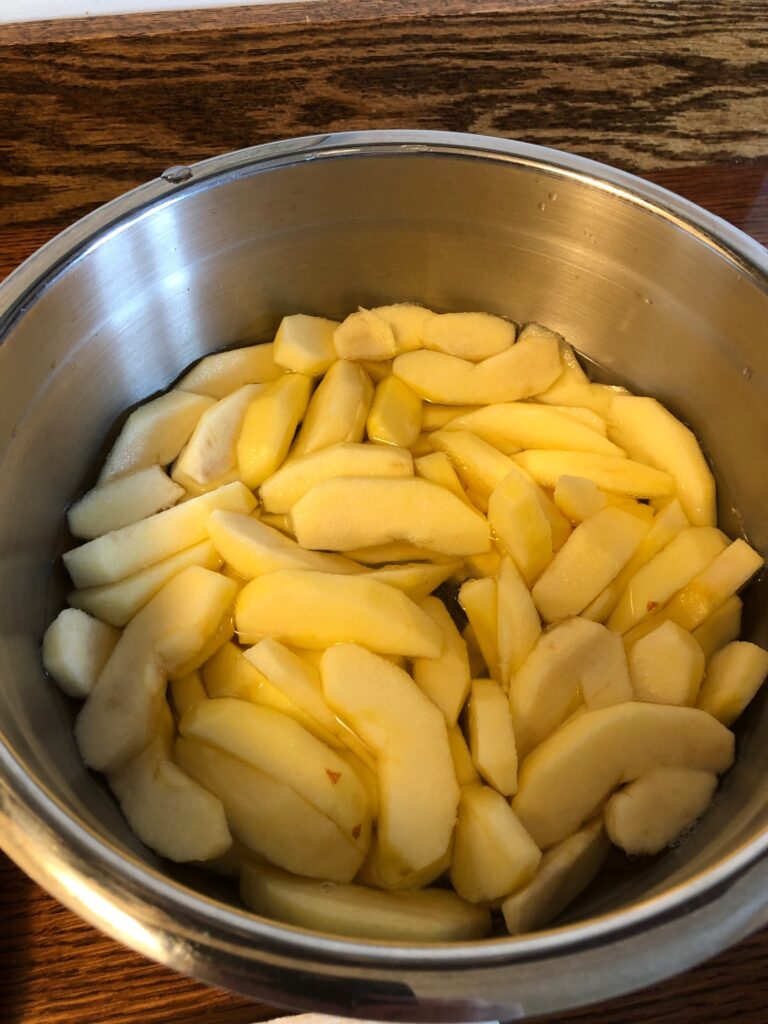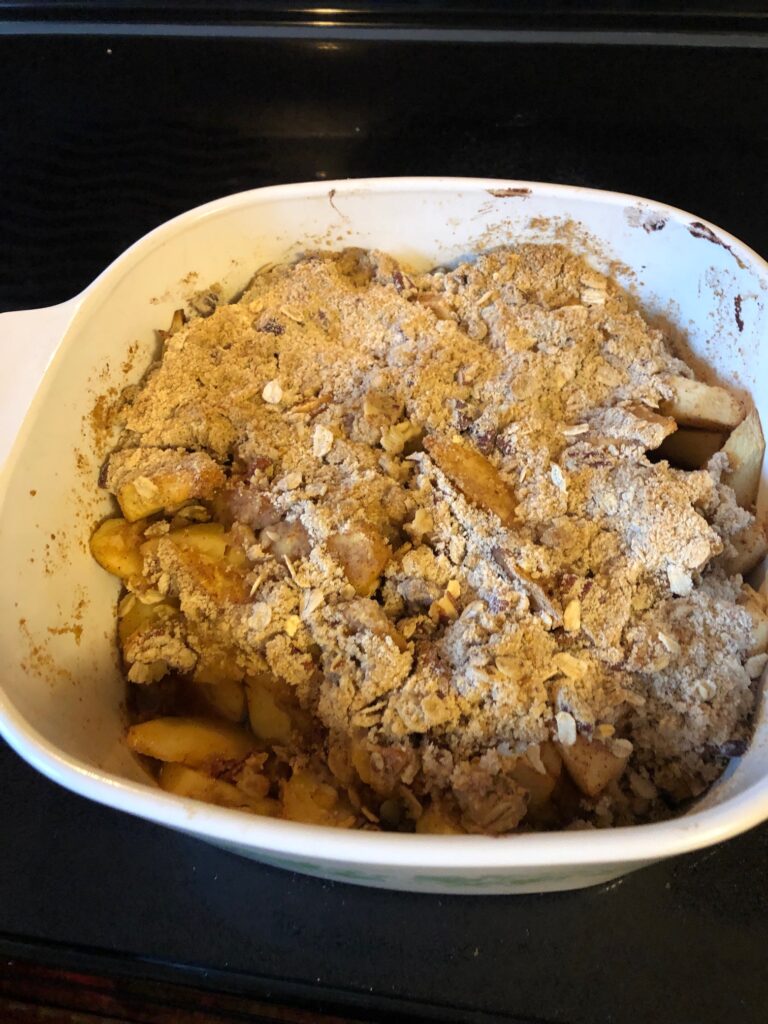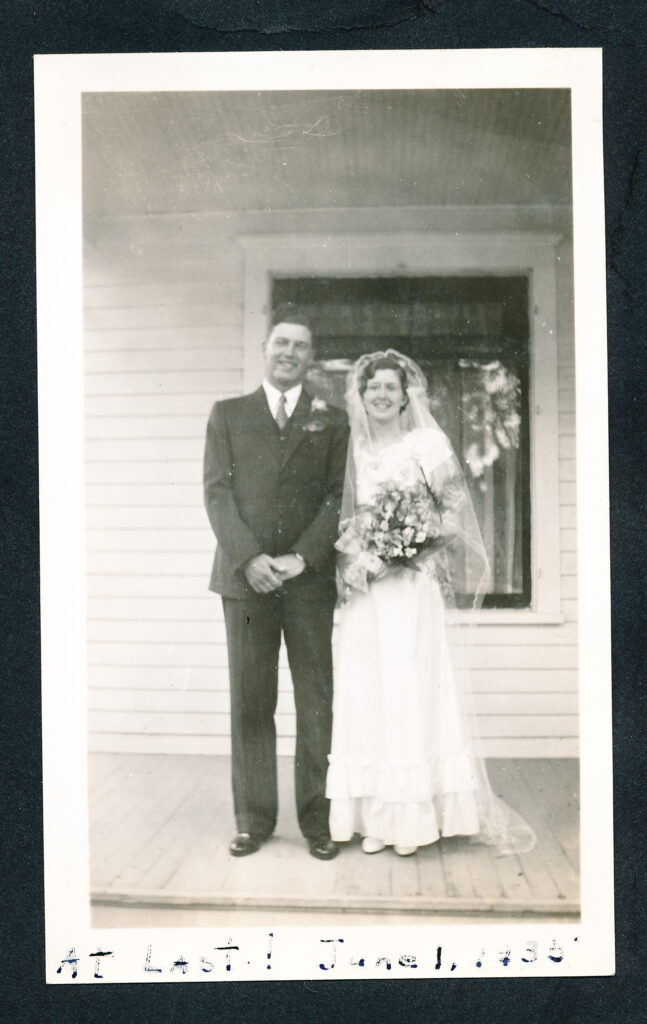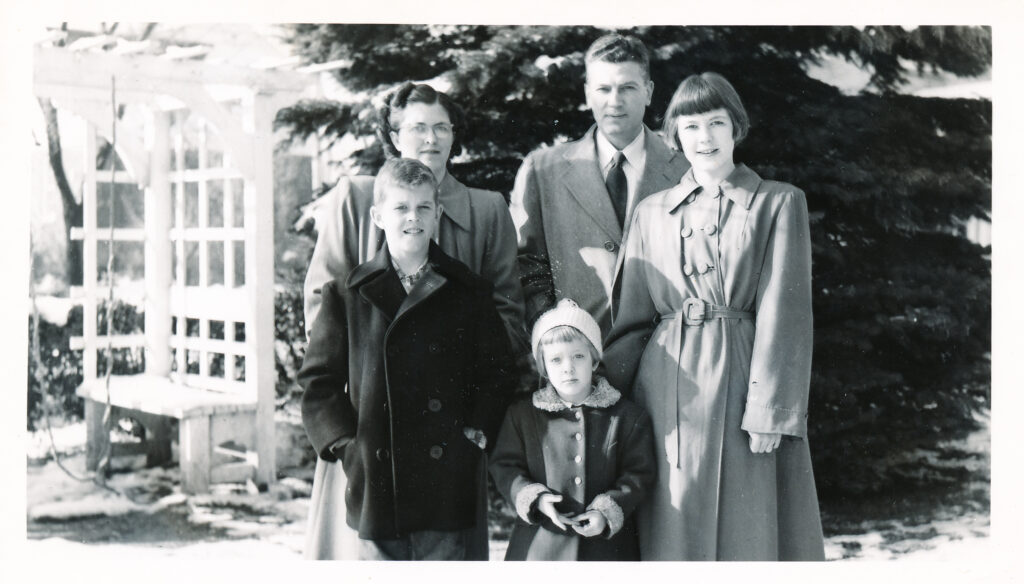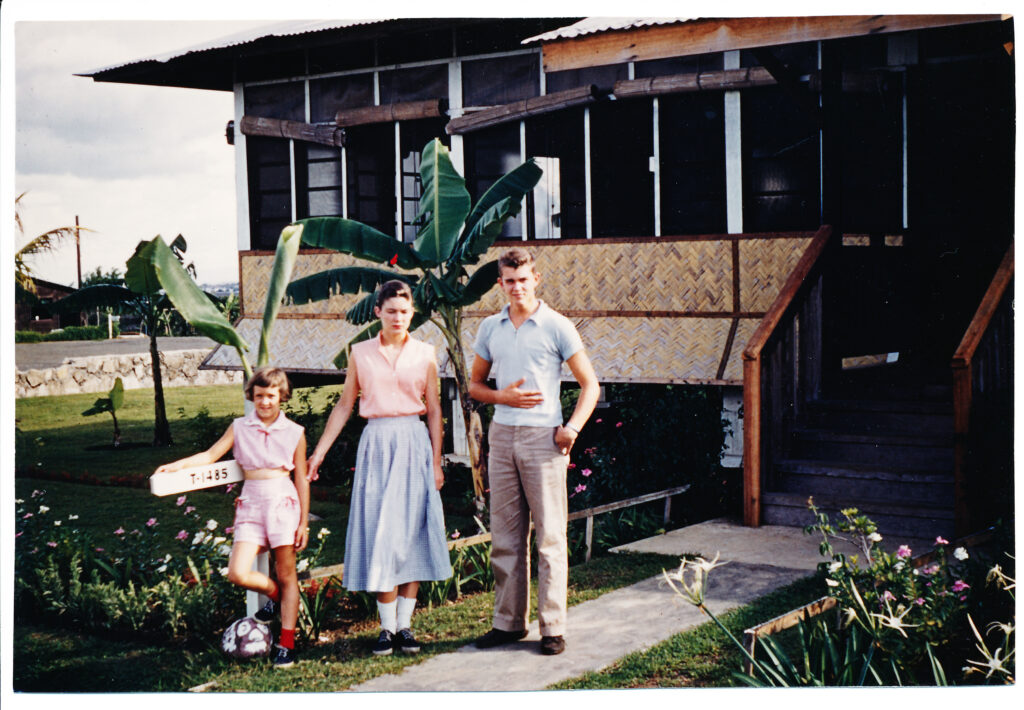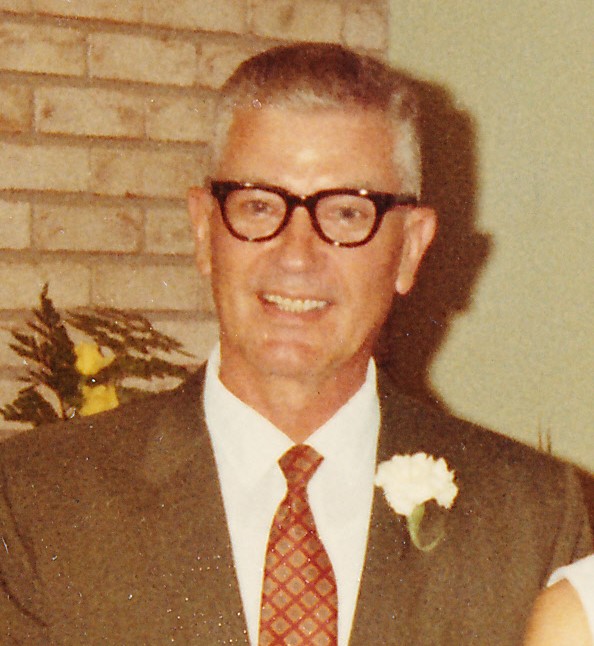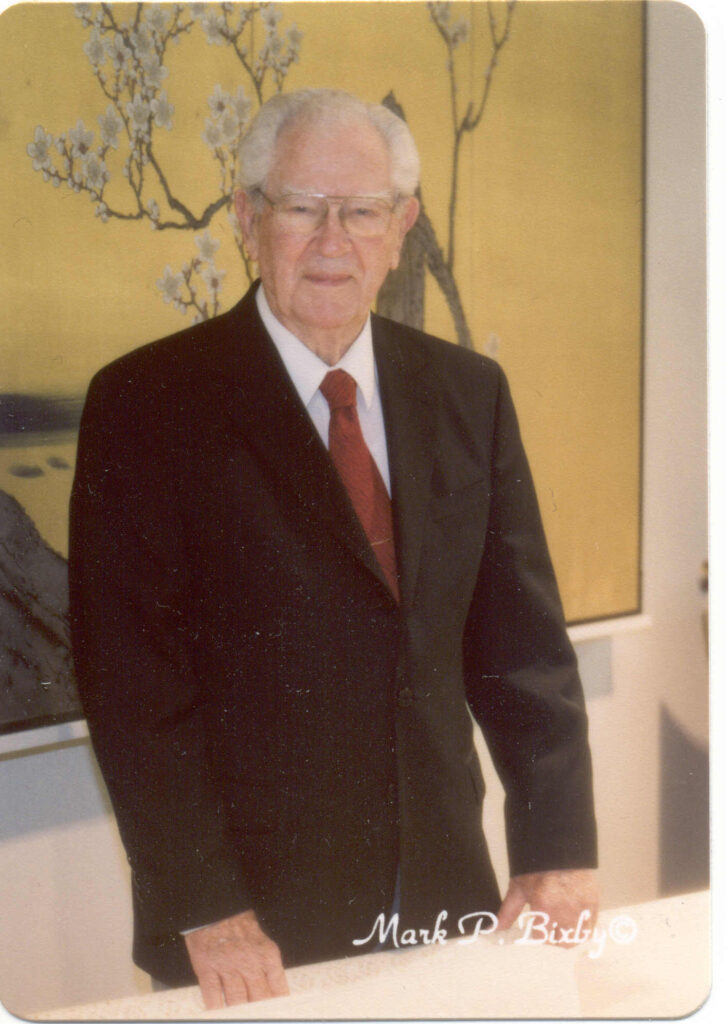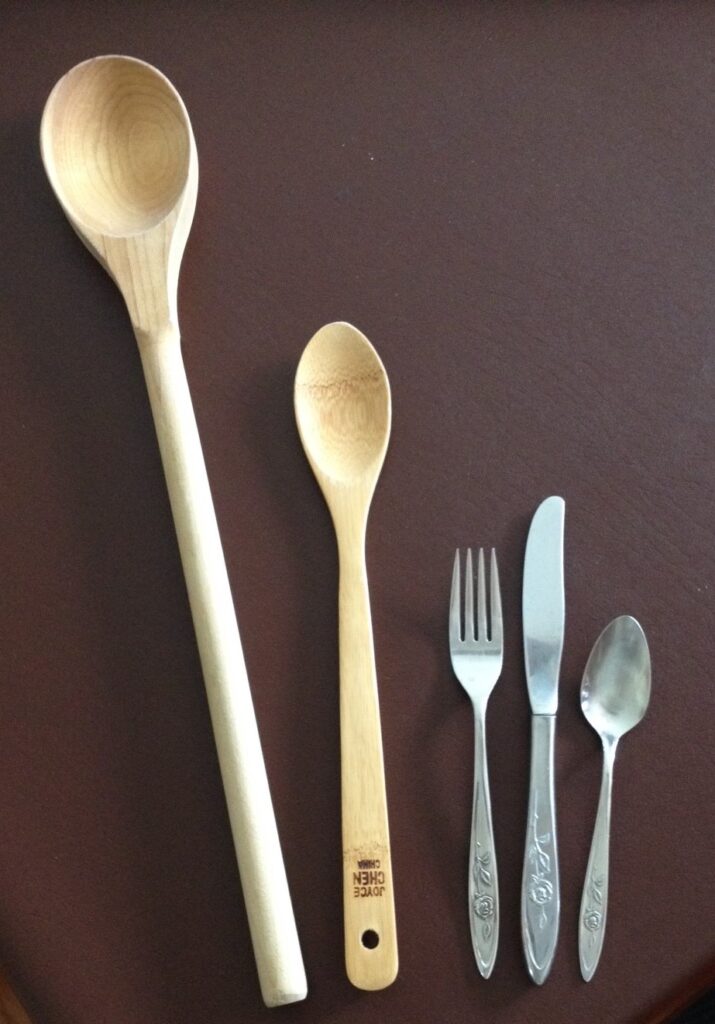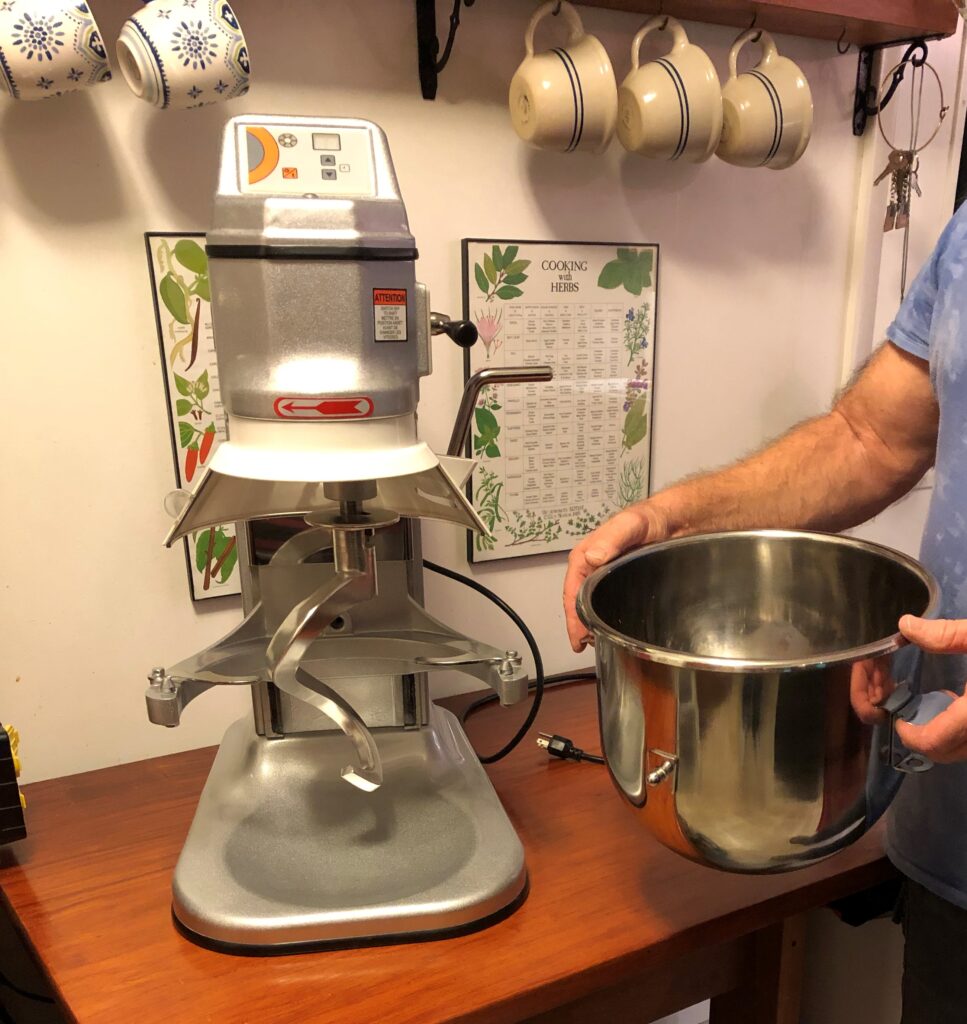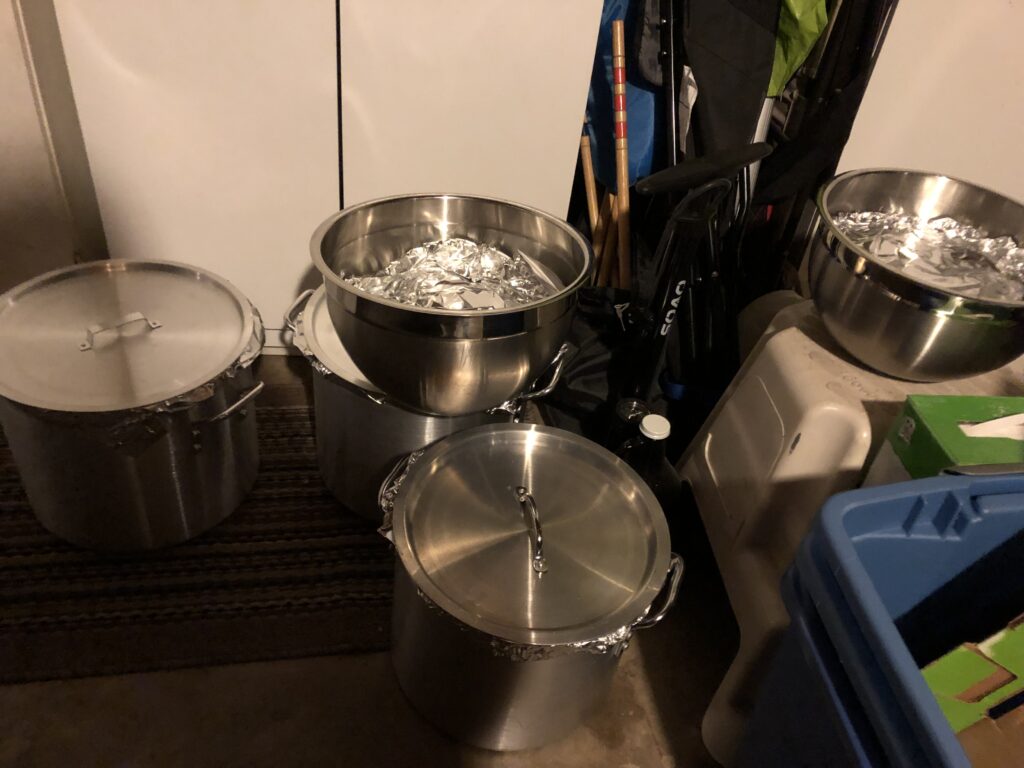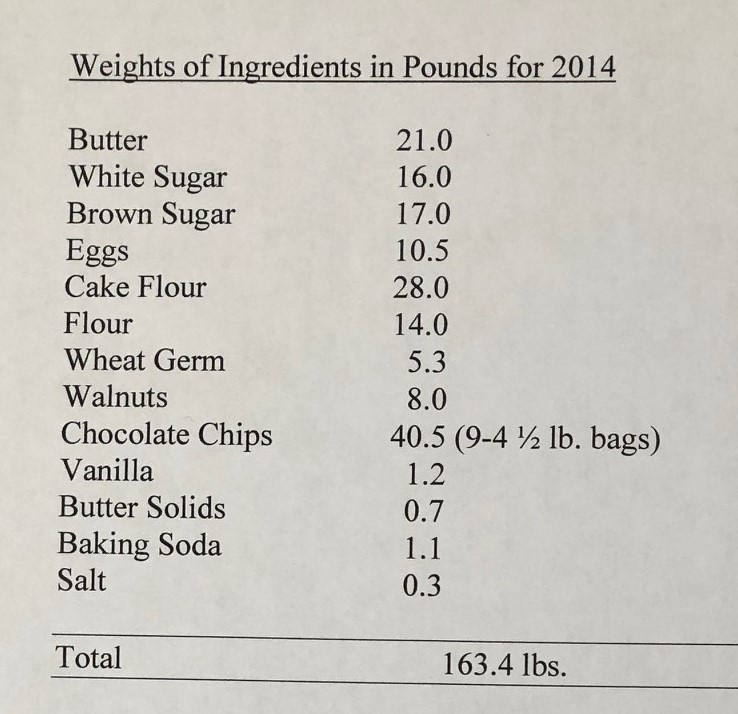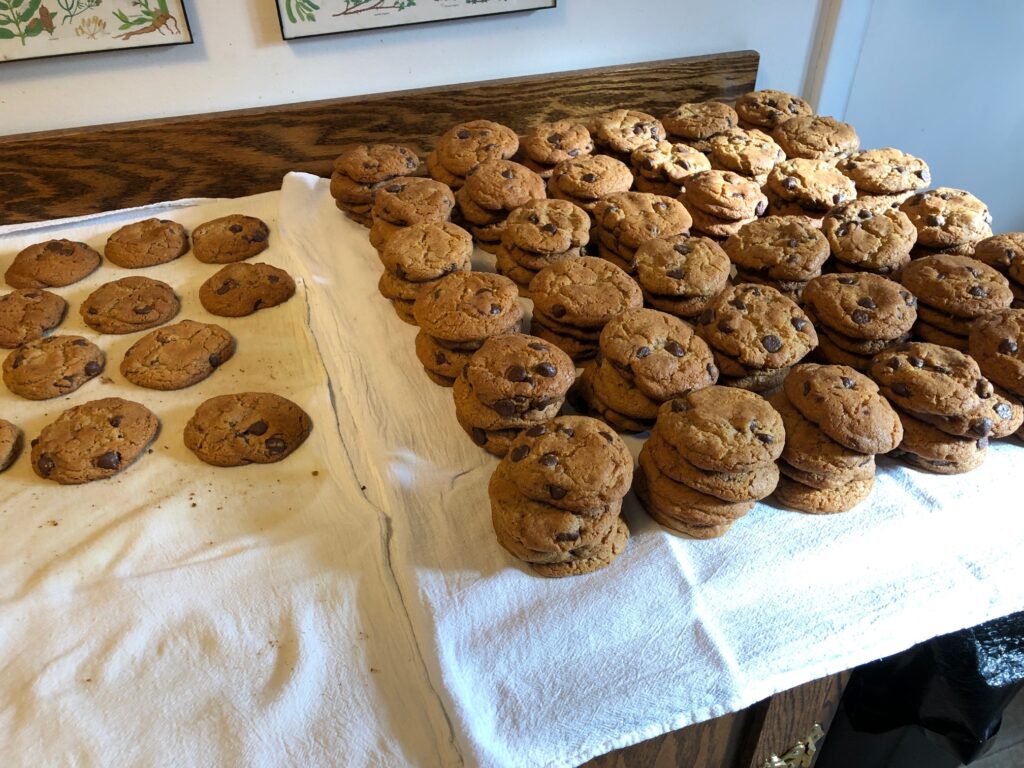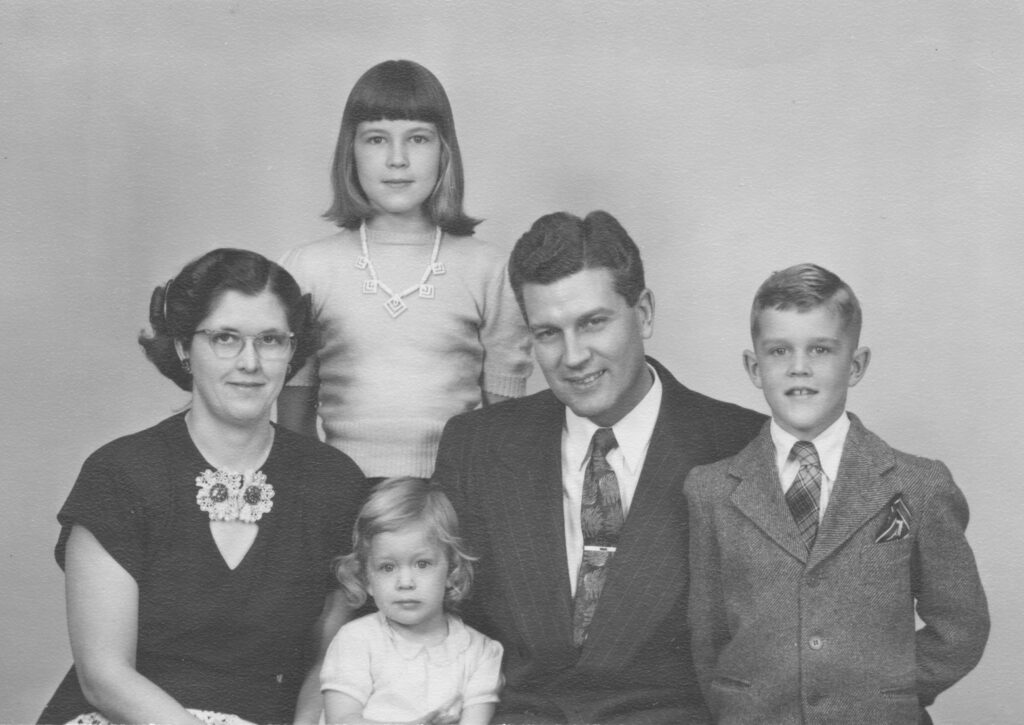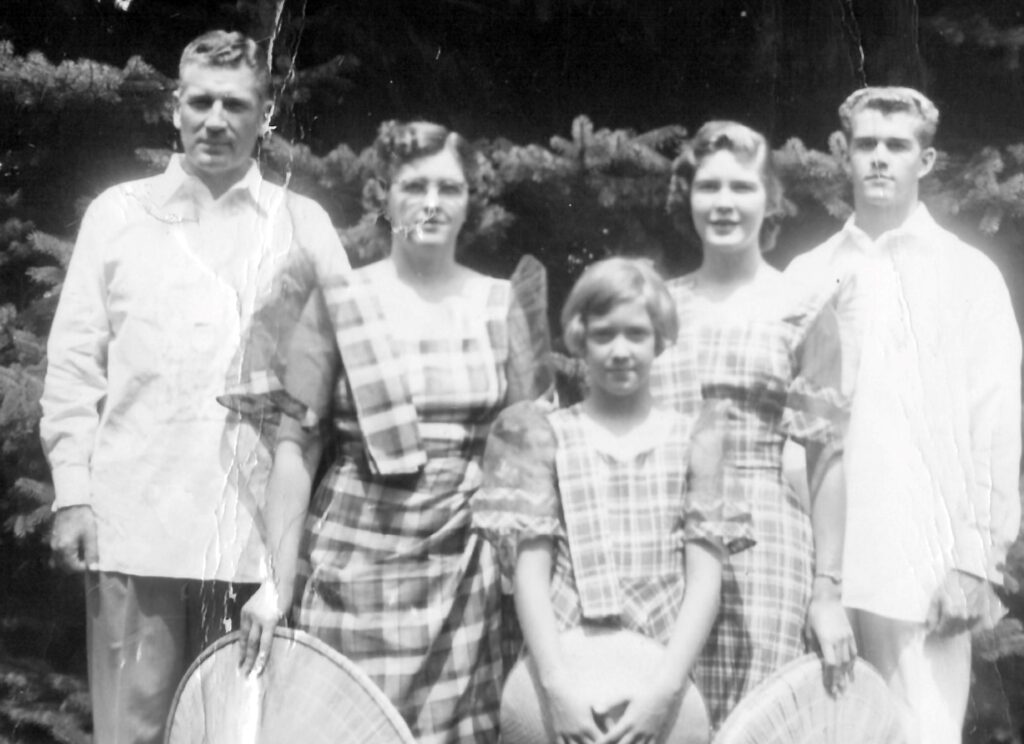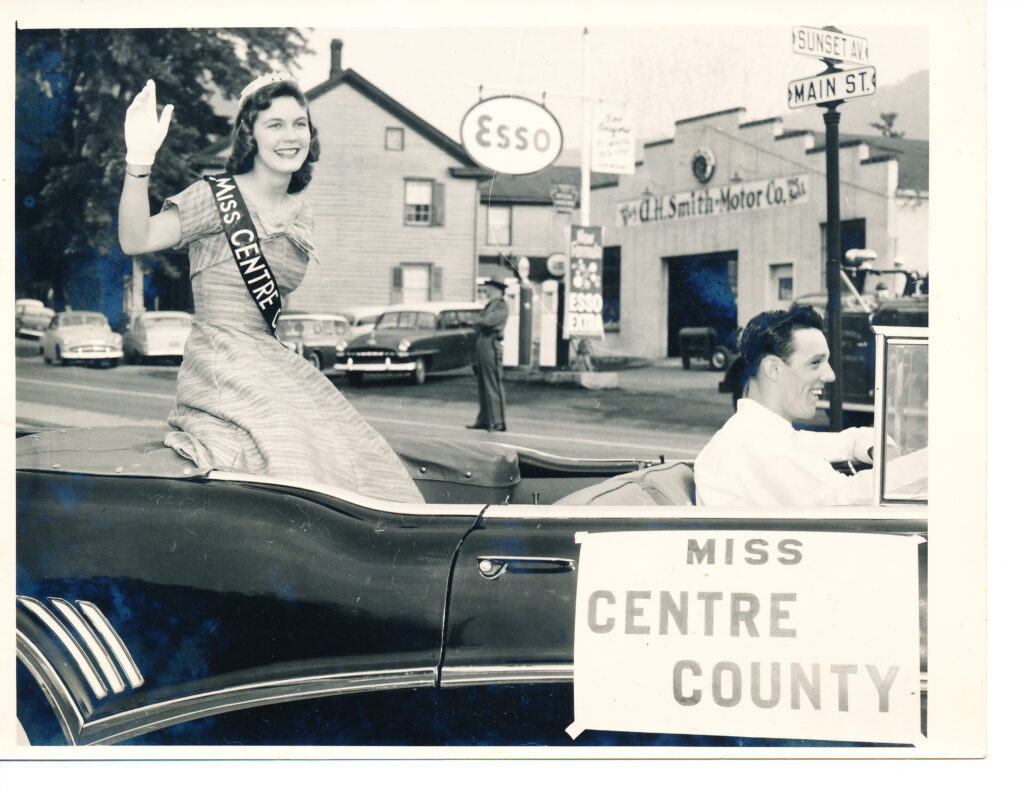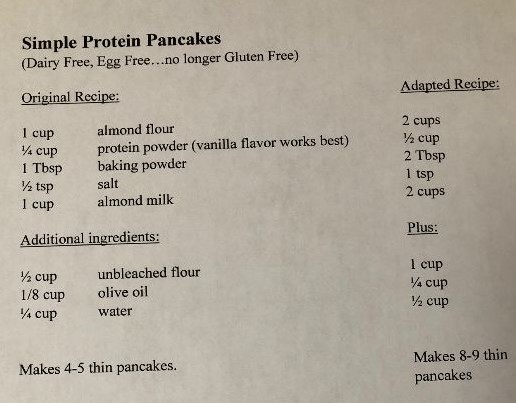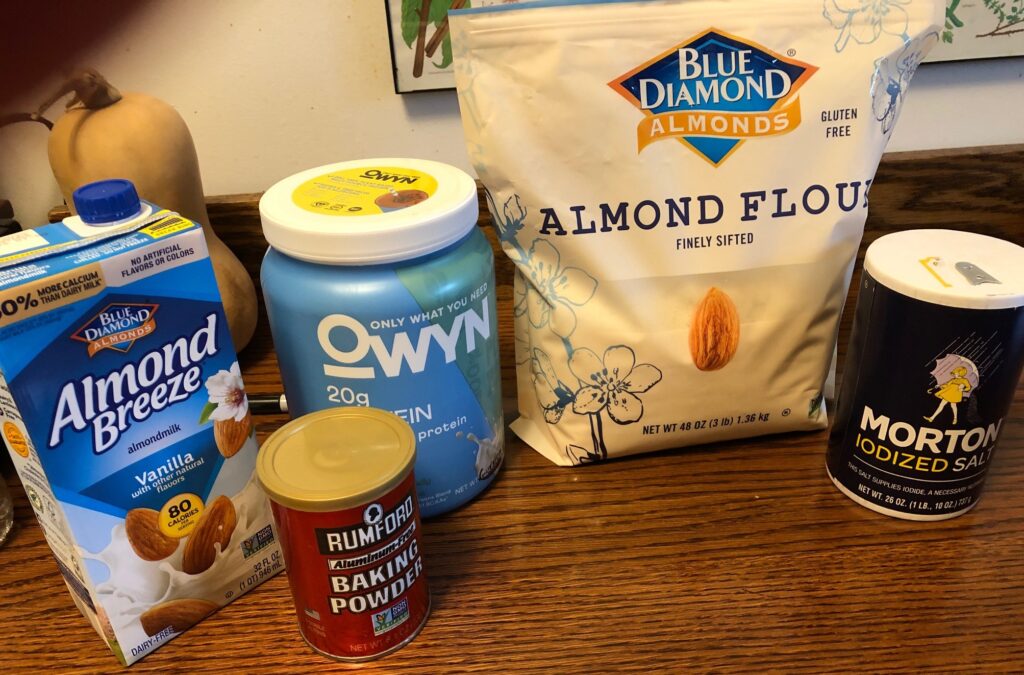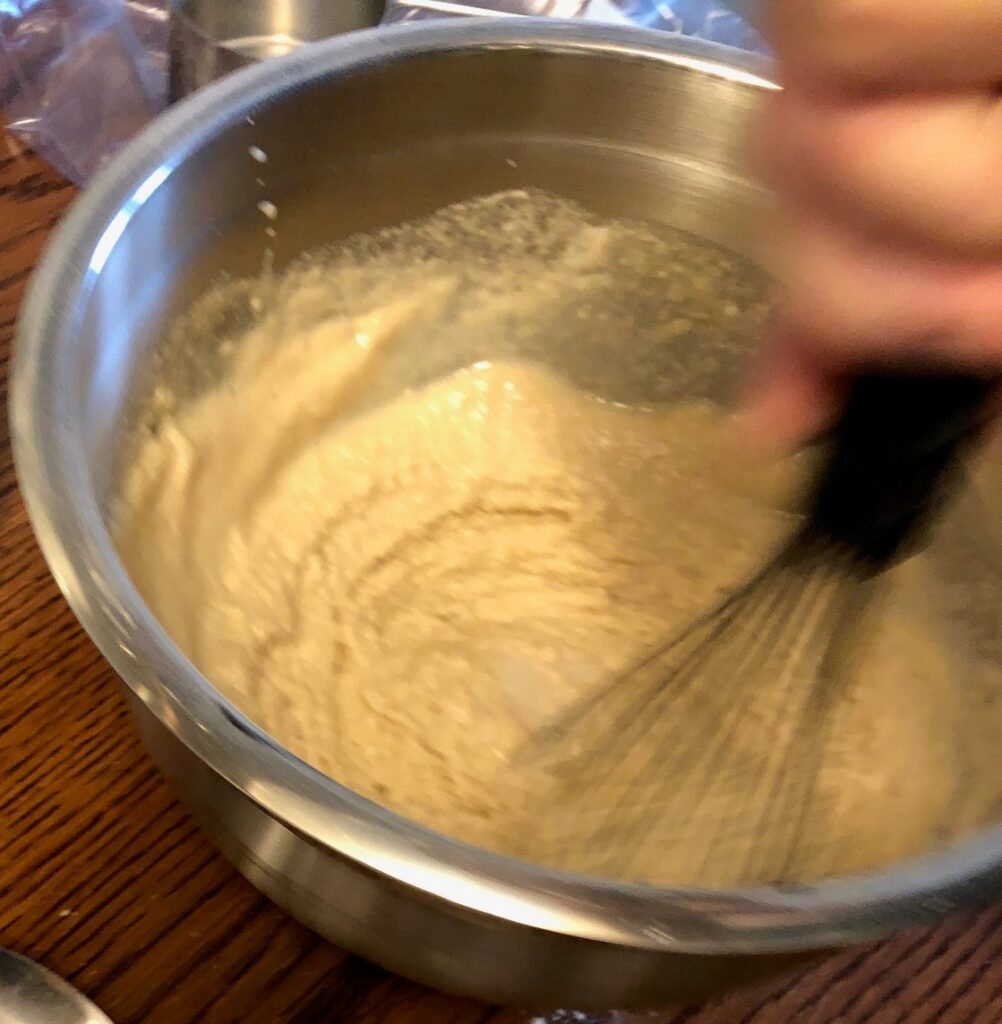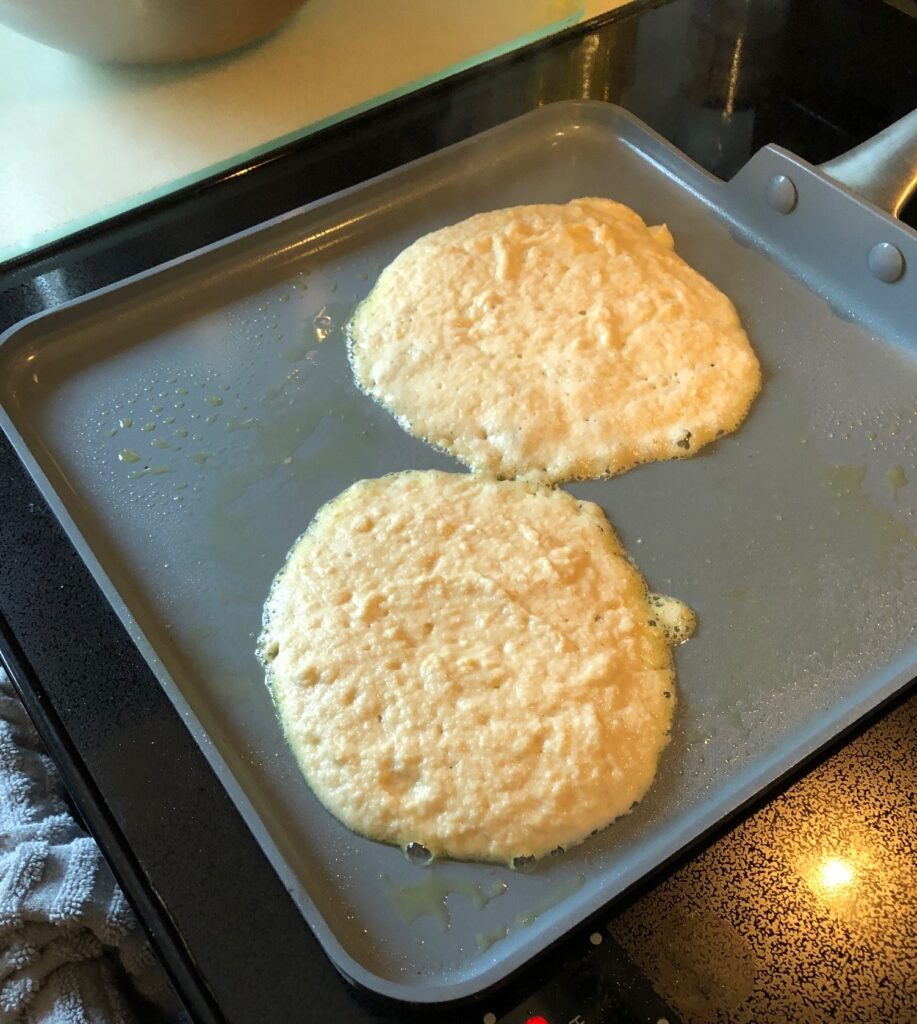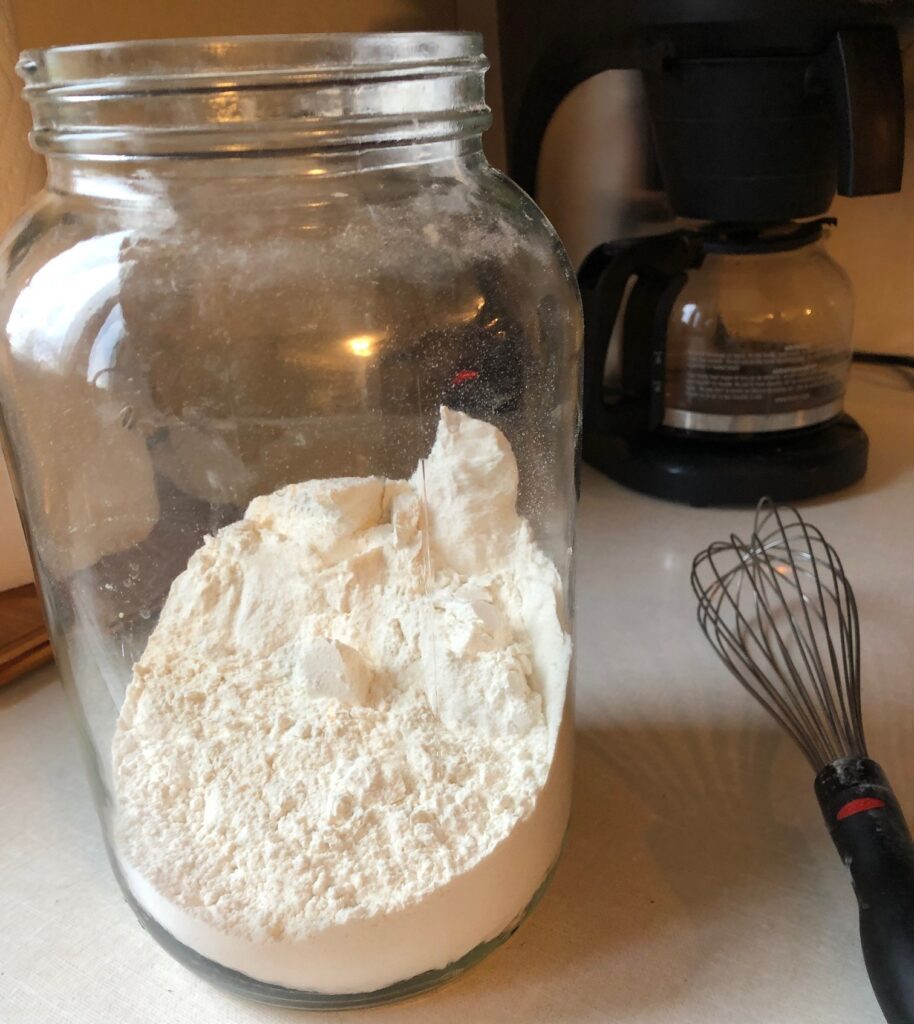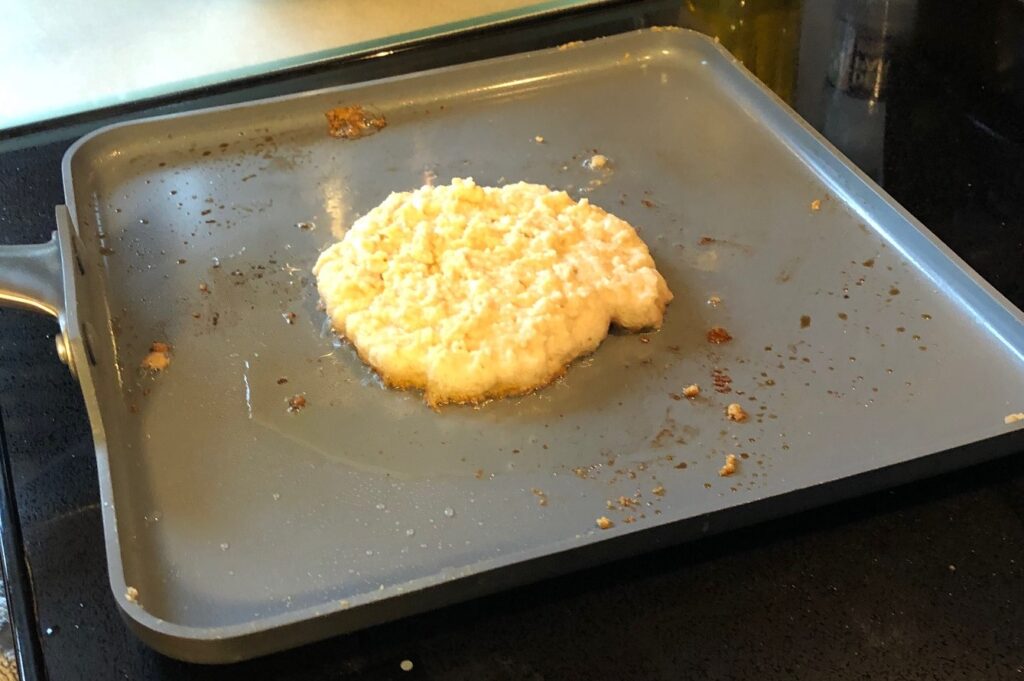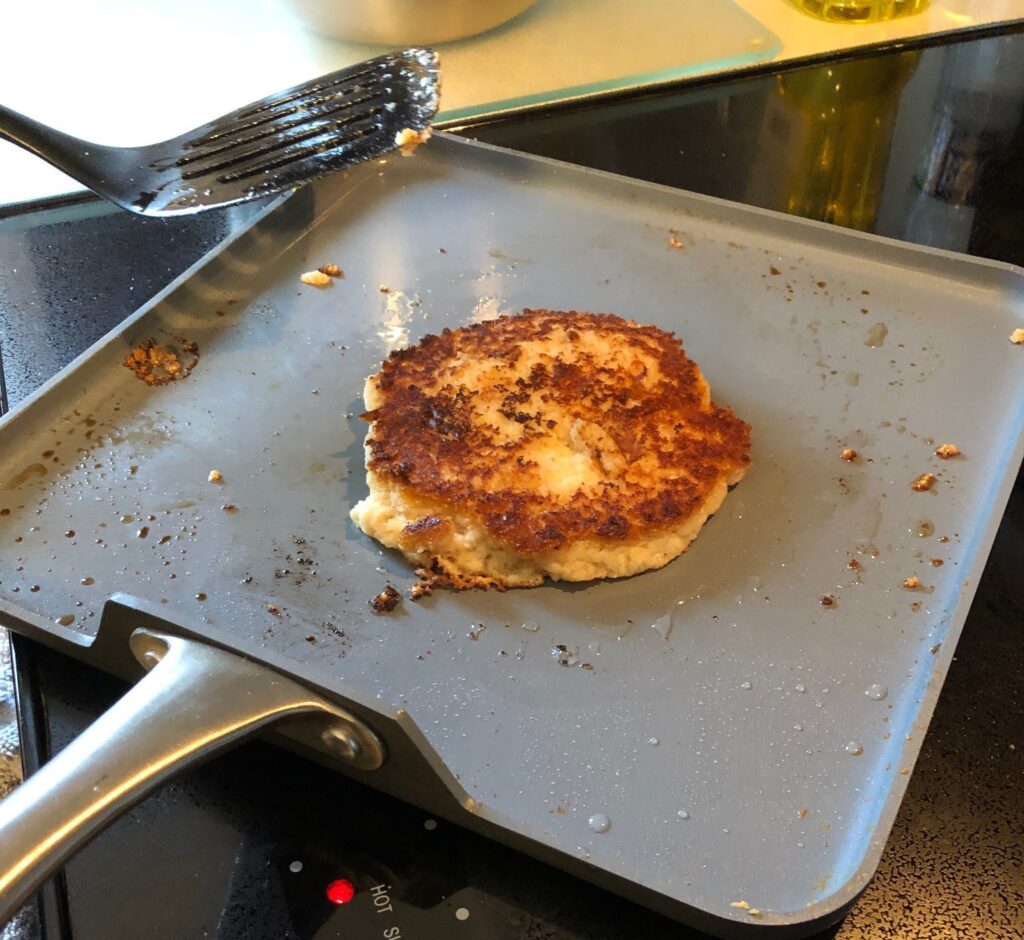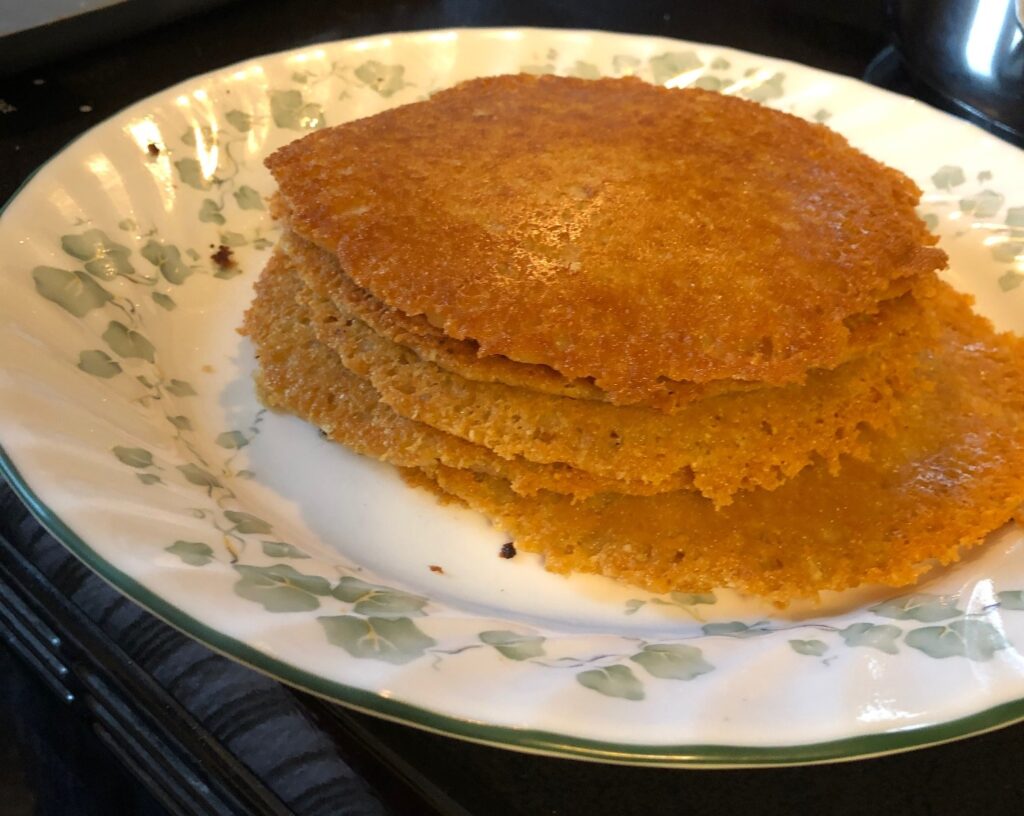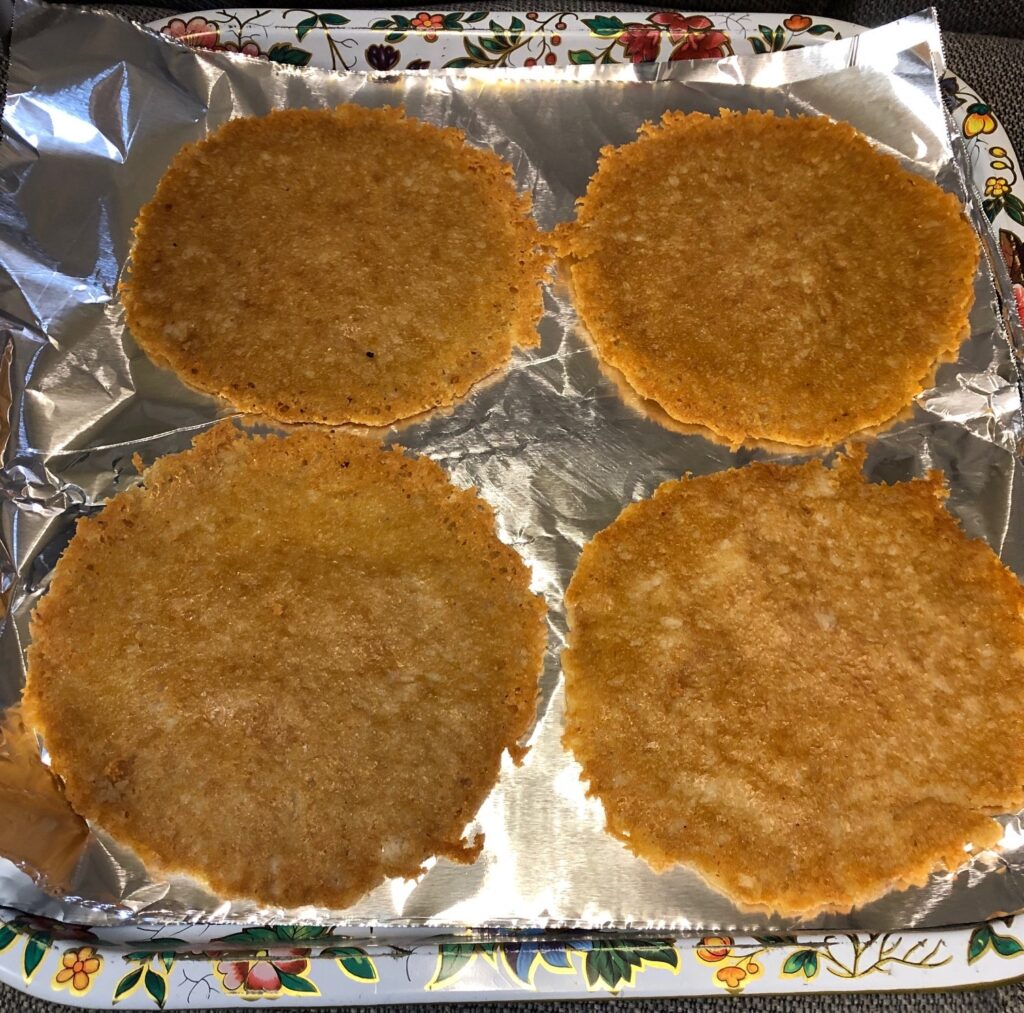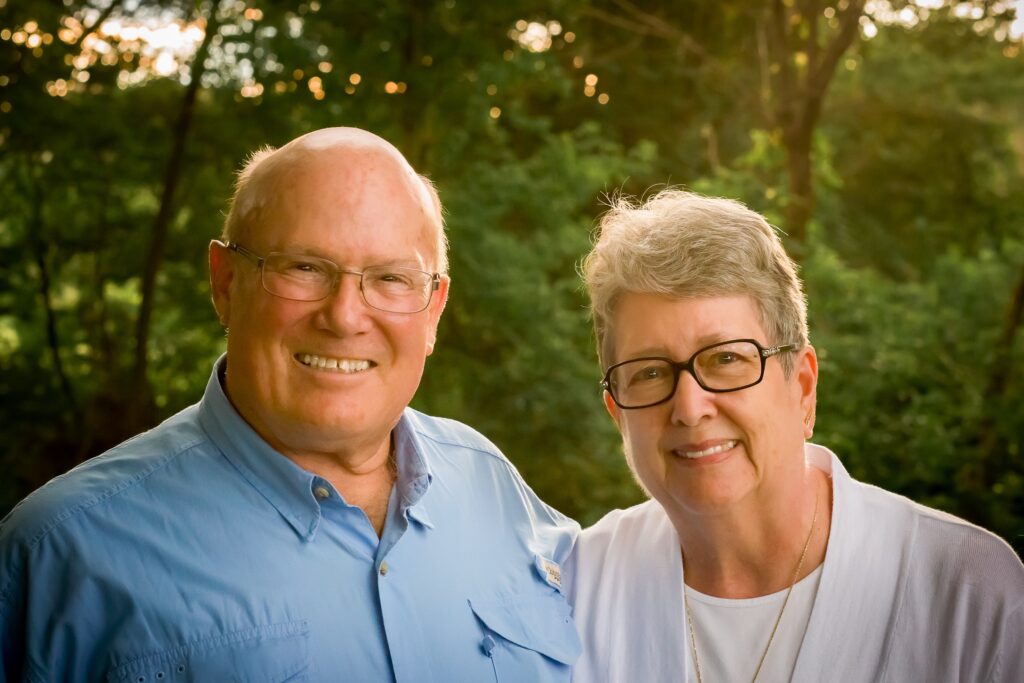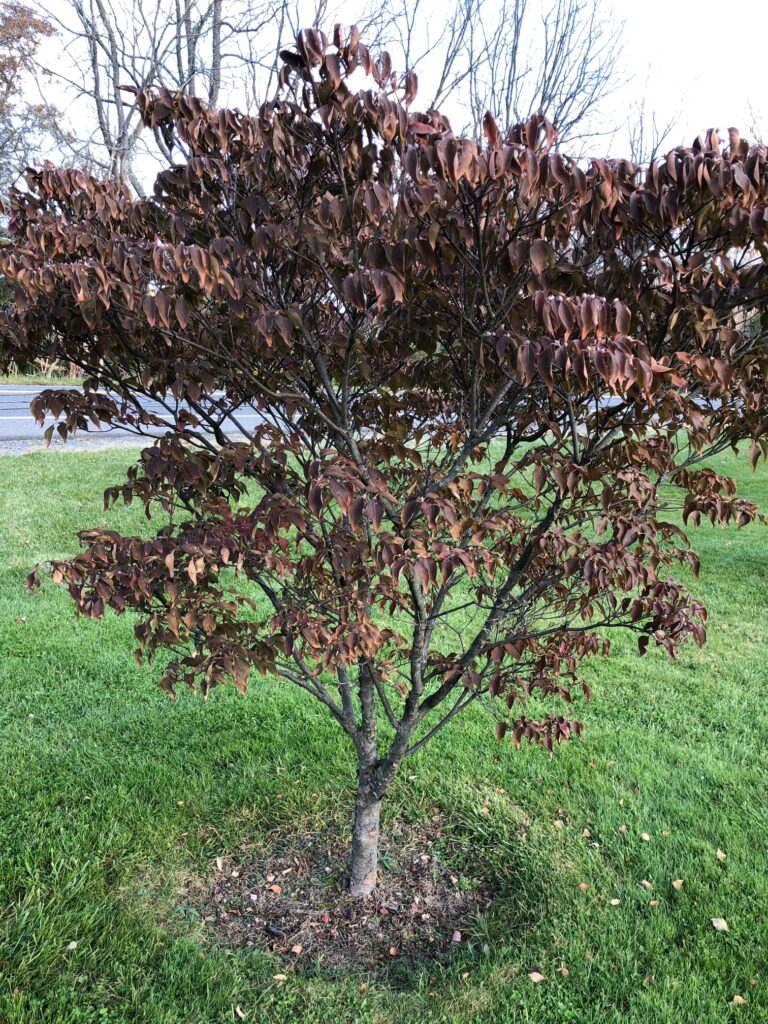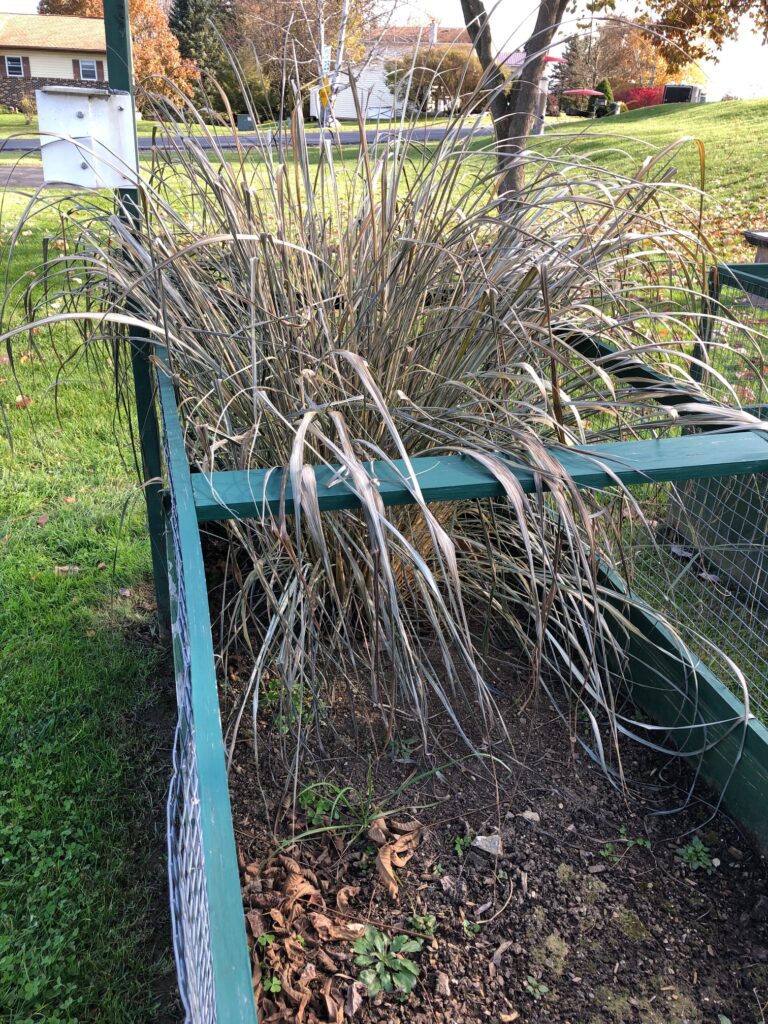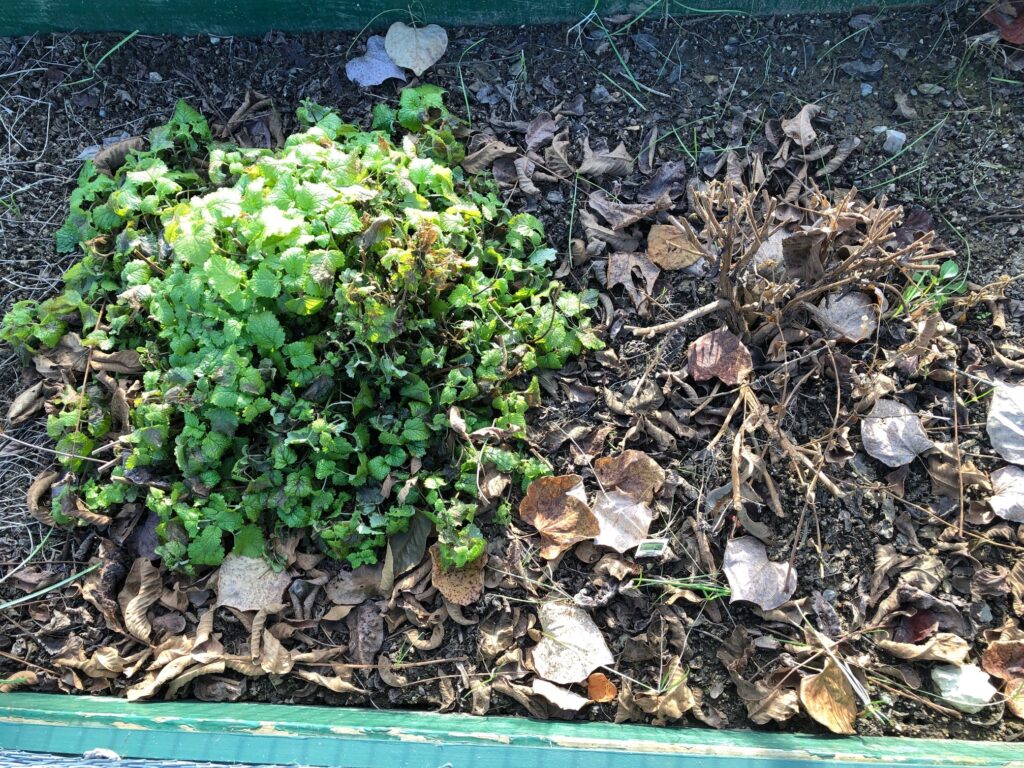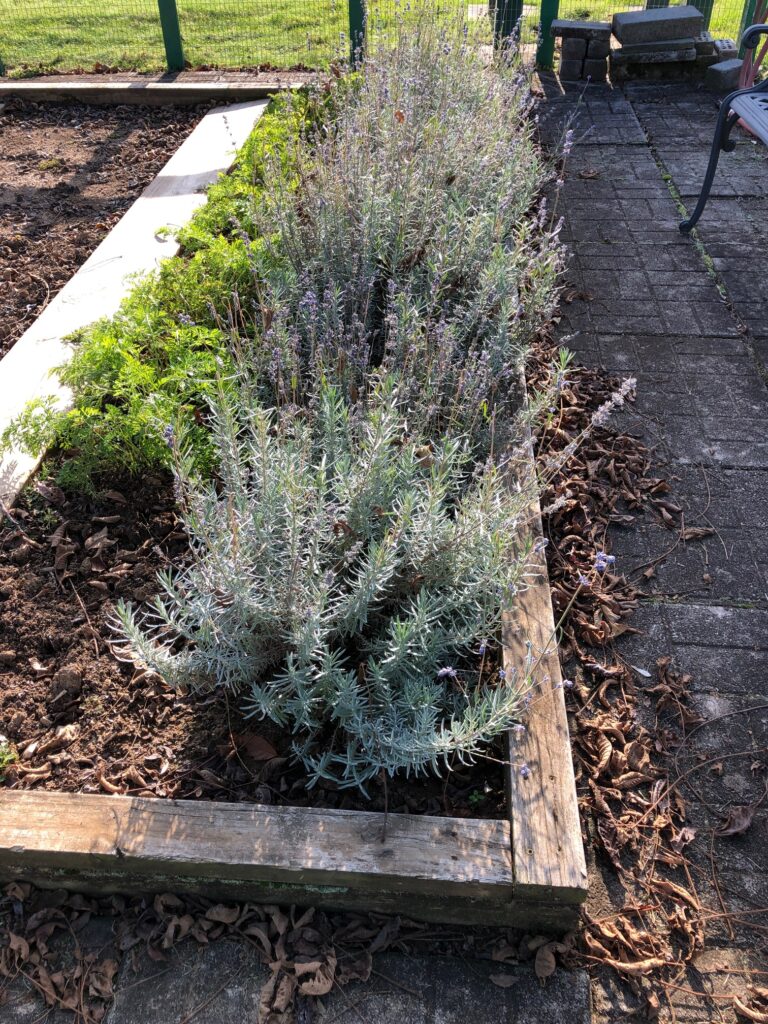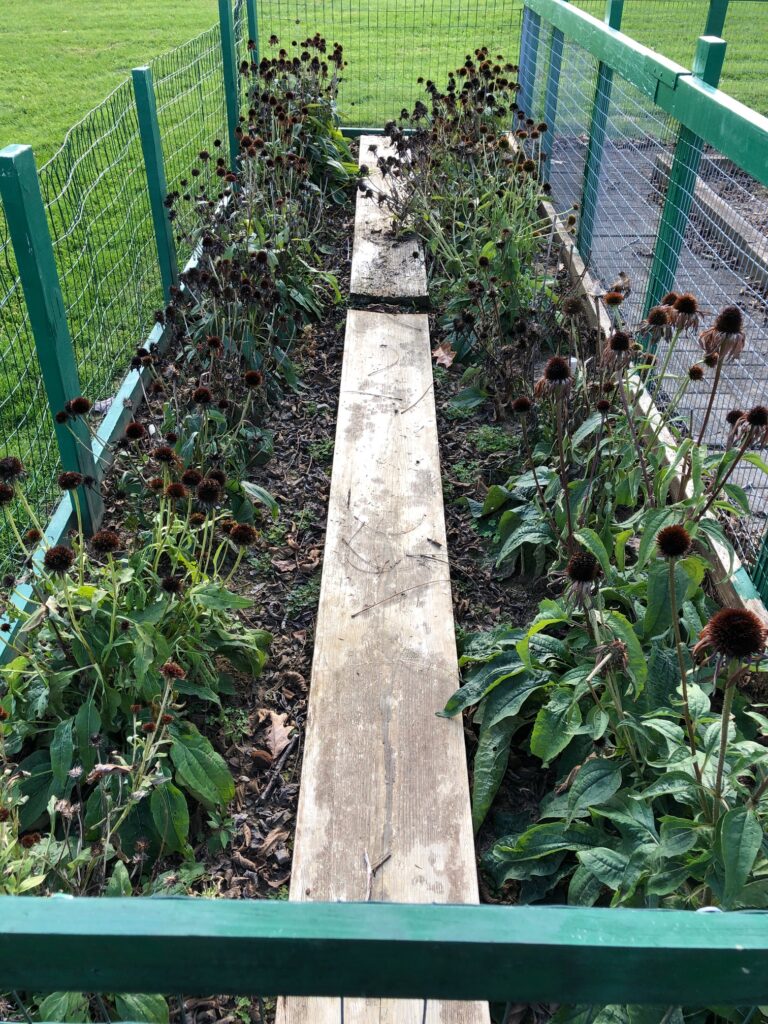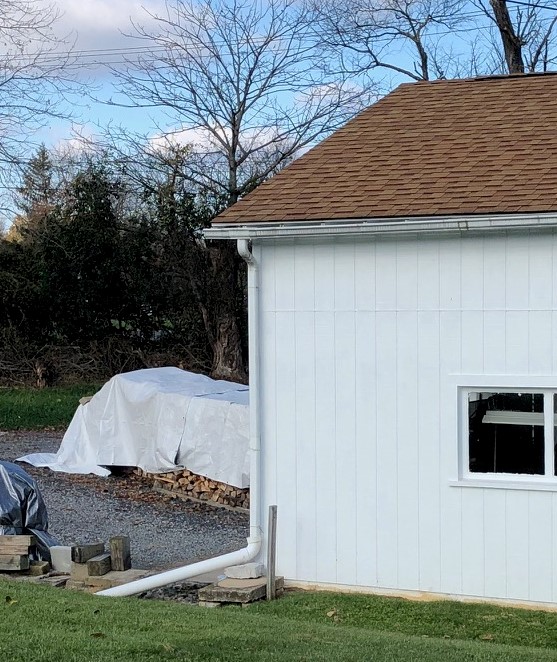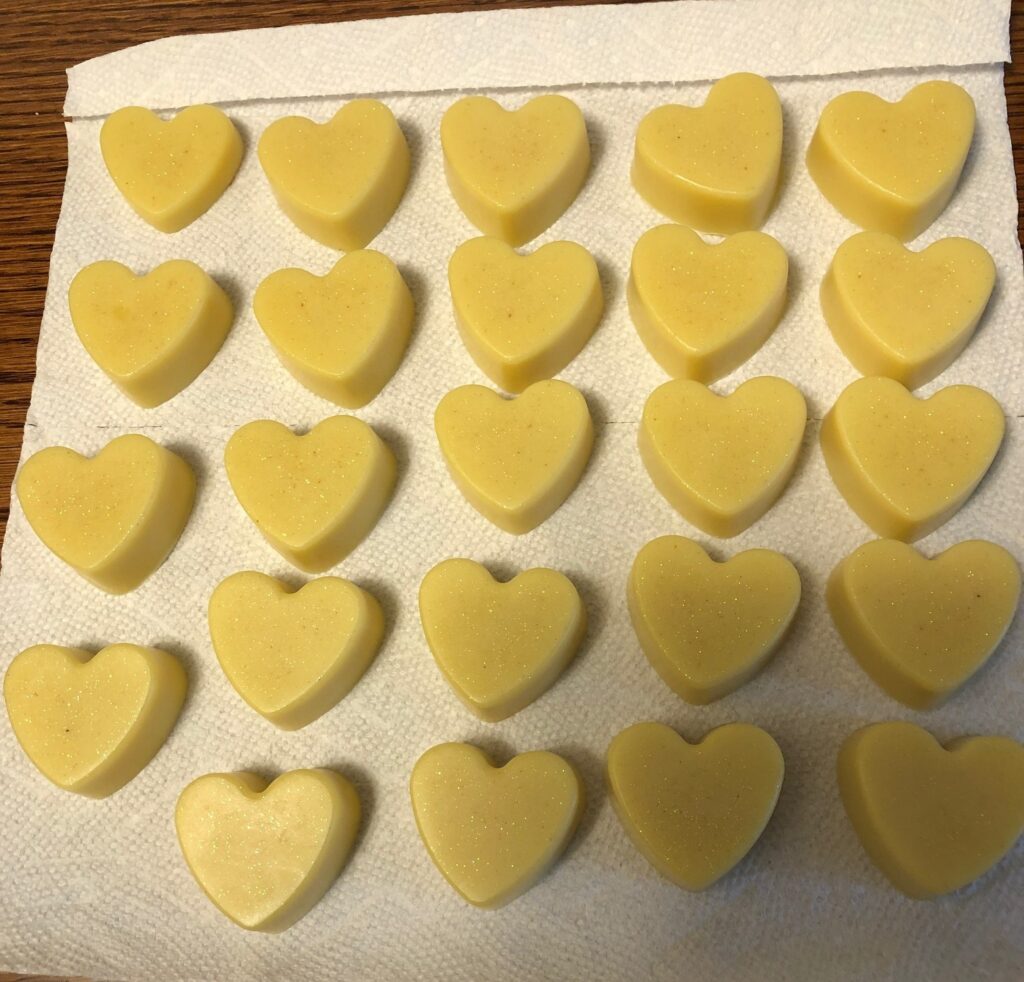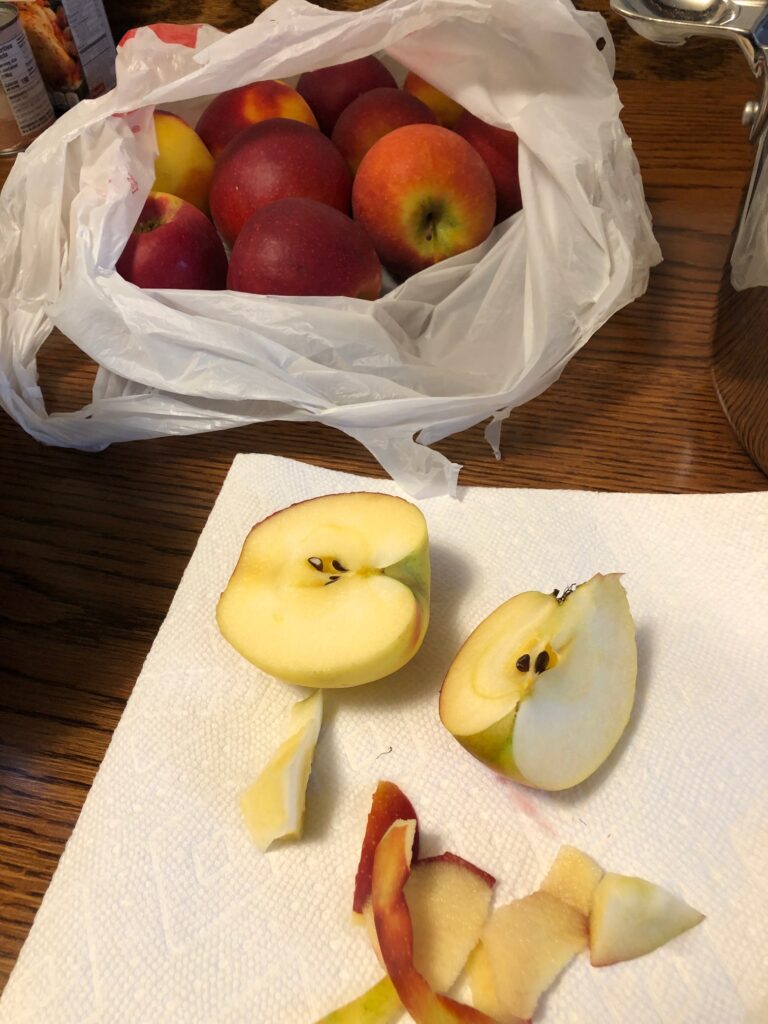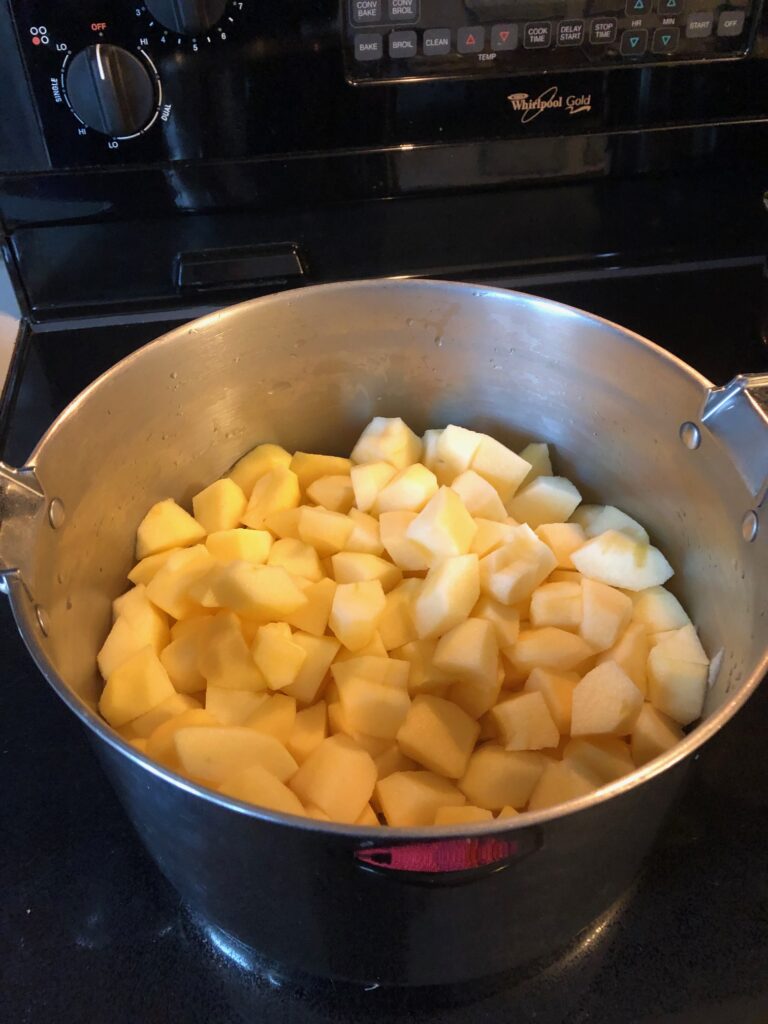Many of you know that I can’t eat eggs or dairy products. However, I can still eat meat…so I’m a vegan that can eat meat! Go figure! Commercial pizza is out of the question because of the cheese restriction. I’ve tried pizza without cheese and it just doesn’t taste right. So, we basically avoid buying it. I’ve tried making my own pizza, but still…no cheese makes it a boring meal.
If you recall, back in August when we were blessed with an overabundance of lovely tomatoes (see https://marykisner.com/time-to-make-pizza-sauce/), we made a big batch of sauce and labeled it pizza sauce knowing it could be used with many other recipes. I was always hoping I would find a good substitute for the cheese.
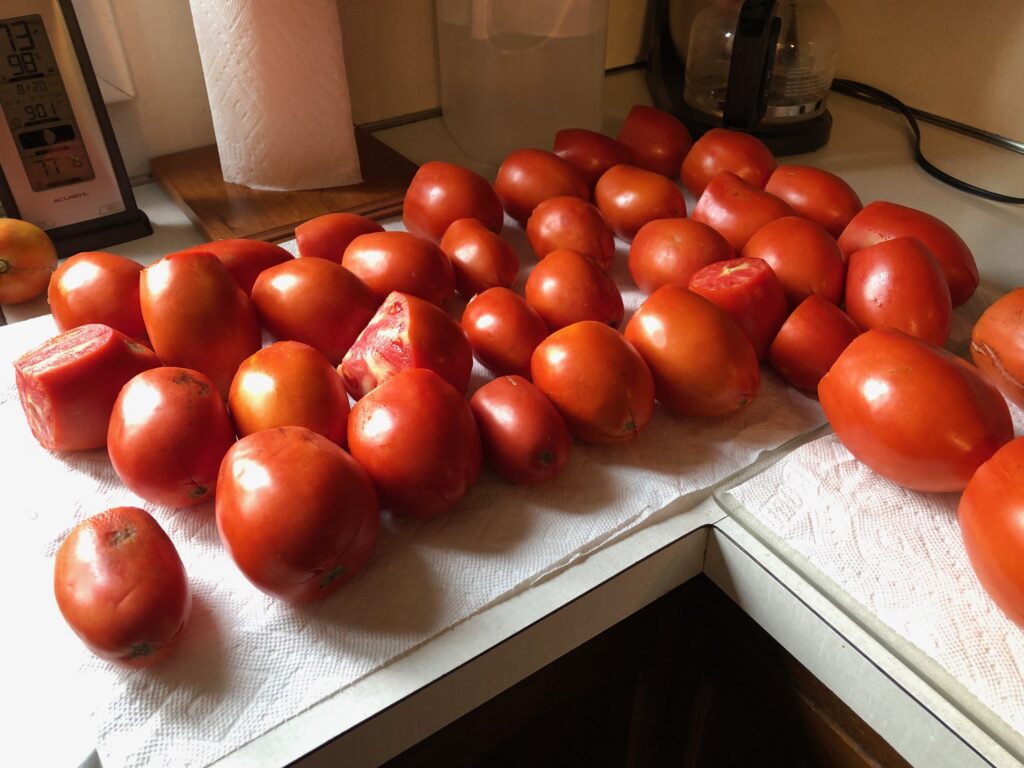

We were cruising Trader Joe’s last week and found a bag of vegan shredded mozzarella style cheese…a “cashew cheese alternative.” The description on the back of the bag sounded interesting. Time to give pizza another try!
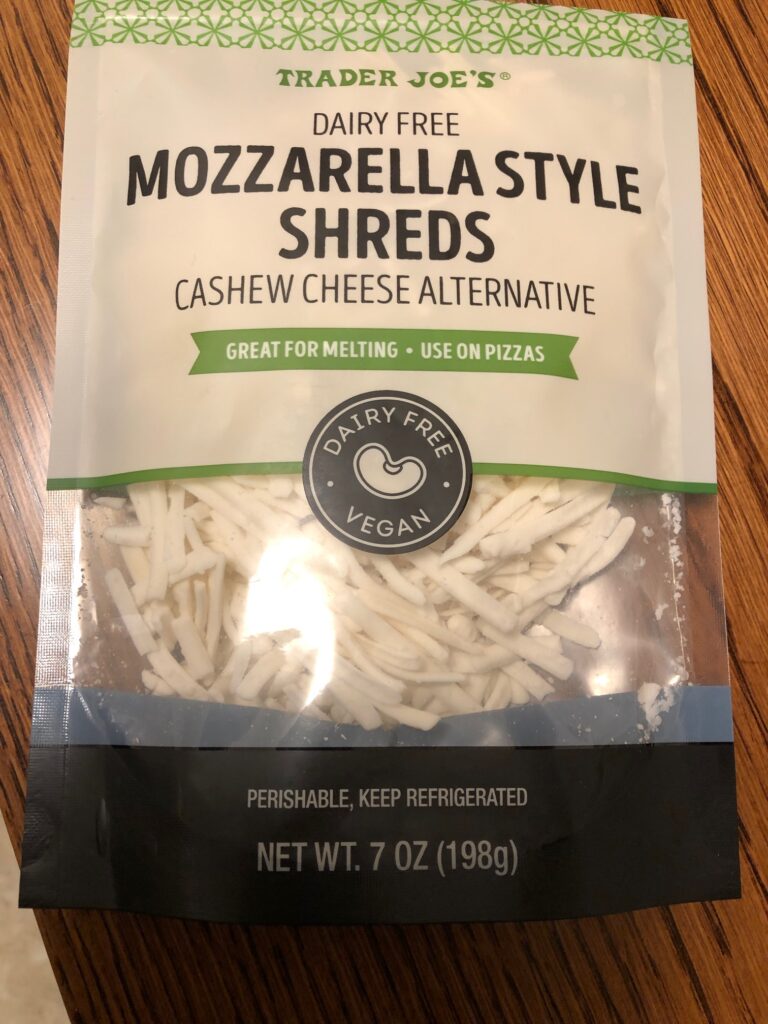
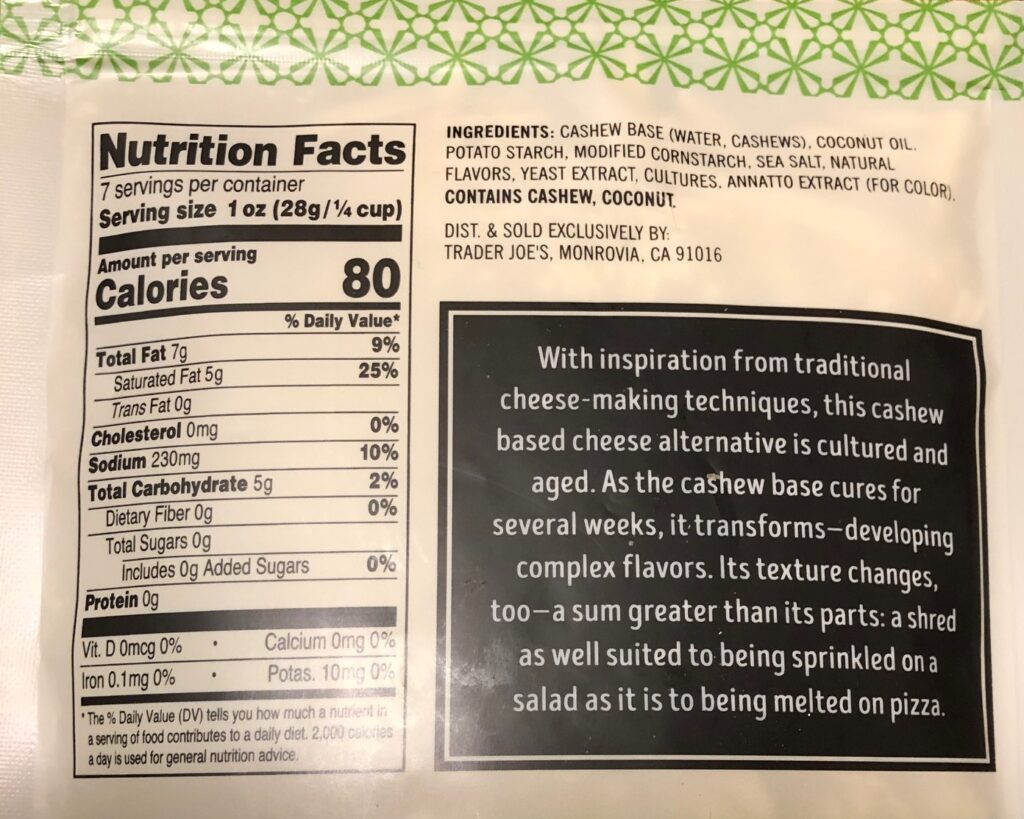
I really do hate to waste my time making pizza crust from scratch if I won’t be able to eat it. Unfortunately, the prepared pizza crusts found at the grocery store (the brand is Boli…or something like that) say they have “milk” in them…which usually means they’ve seasoned it with Parmesan cheese and Italian seasonings. However, we found these Mediterranean Flat Breads that baked like a thin crust pizza shell! They worked great!
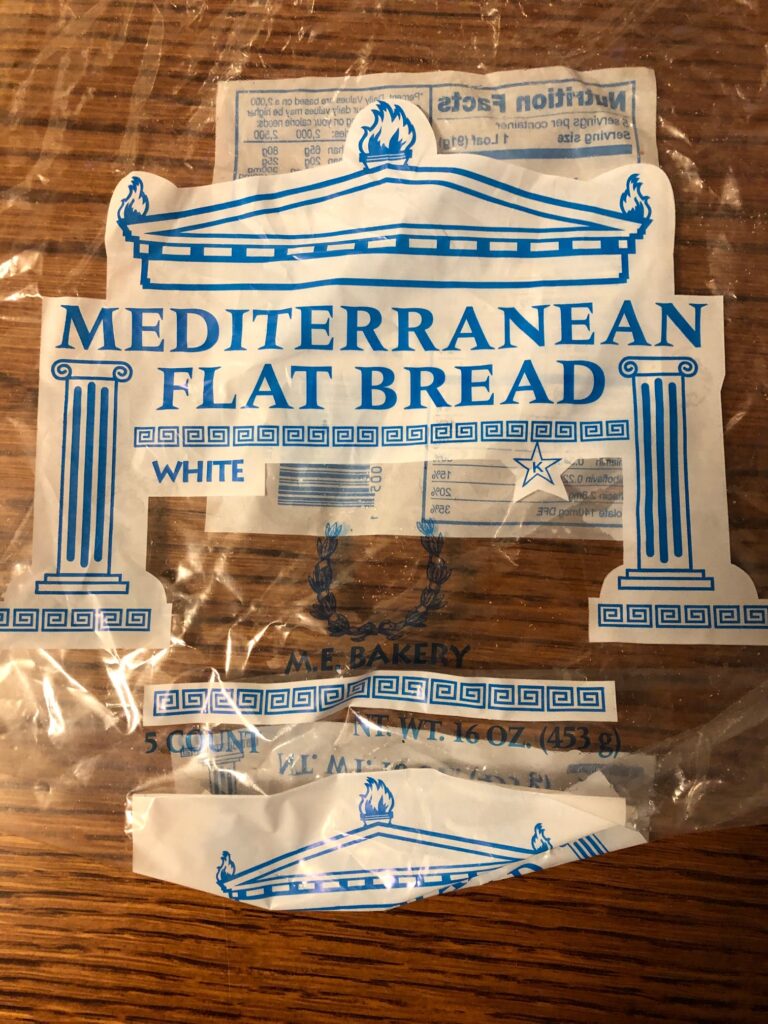

Bert likes cooked meat on his pizza so he cooked hamburger with onions. We opened a can of sliced black olives and a can of sliced mushrooms. Bert used regular cheese and I tried the new stuff. One half-pint jar of our pizza sauce was just enough for both pizzas.
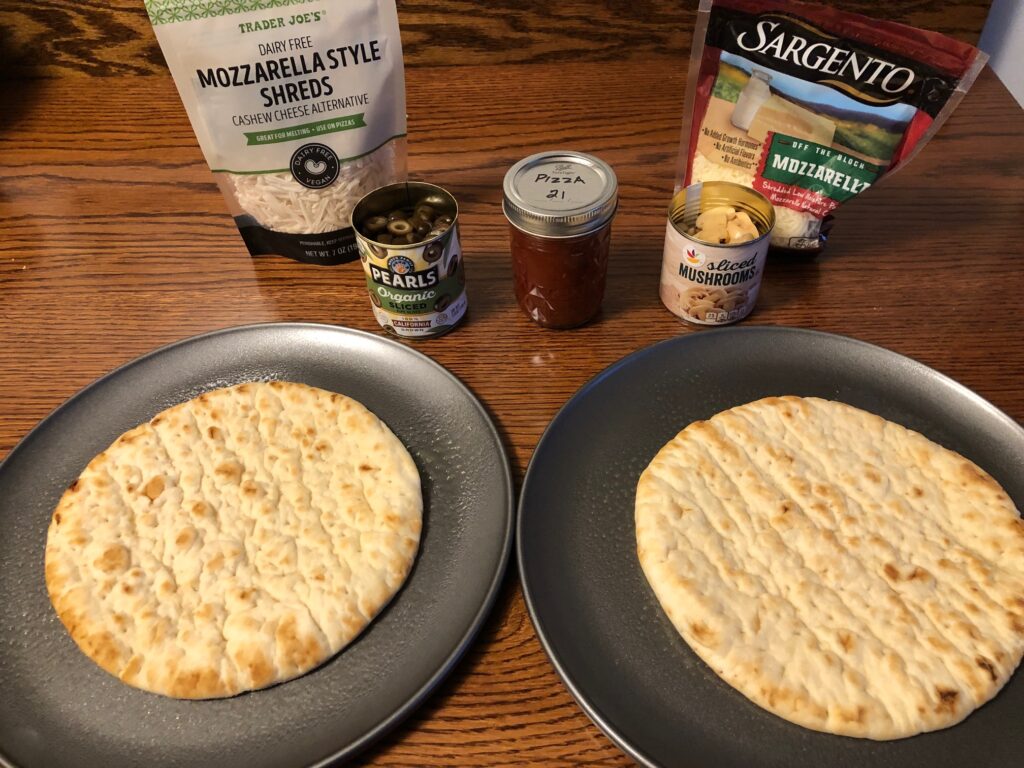
Here’s my pizza ready to go in the oven.
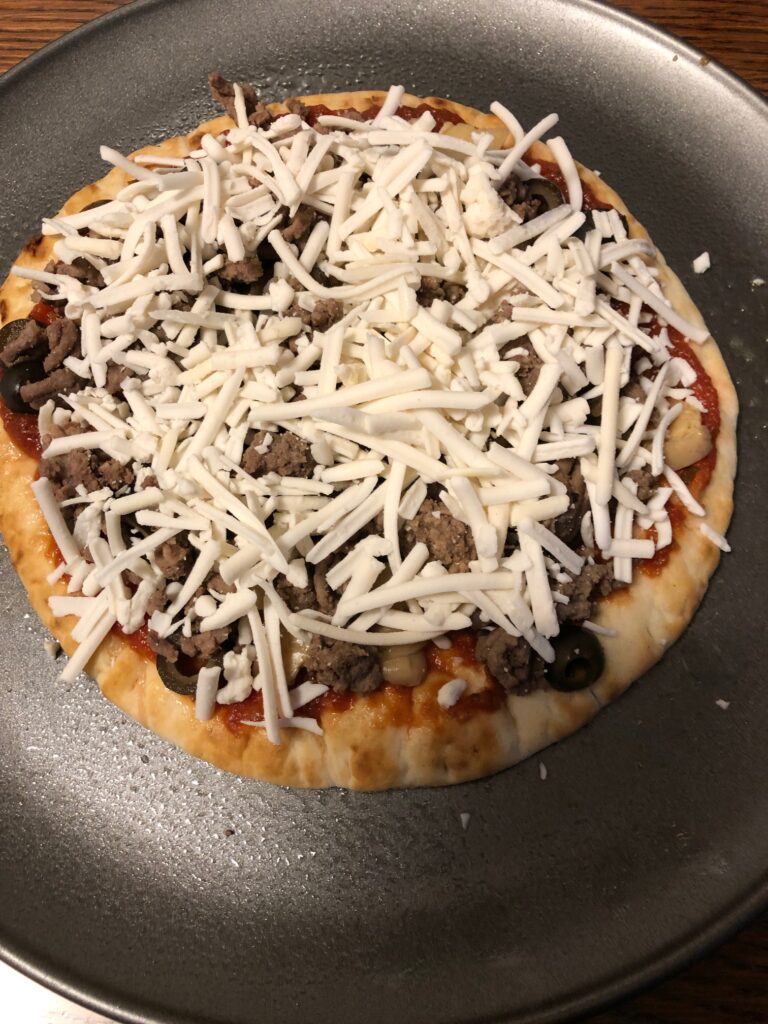
After 15 minutes at 365 degrees, my fake cheese looked sort of melted. However, it tasted GREAT!! I consider this a win! Boy am I glad we made all that sauce. Now it would be worth it to make my own crust…or not! The flat bread came out crunchy and was delicious.

Now I’ll be excited to take good care of next year’s tomatoes, knowing we’ll put the sauce to good use! I can see t his fake cheese being useful in many dishes where cheese is used as a topping or minor ingredient. I’m not sure I’d like a whole dish of macaroni and this cheese. It tasted good but the mouth-feel was a little different. However, this pizza was a great success. Give it a try! Enjoy!
Please comment or send me an email directly at marykisner@comcast.net.


